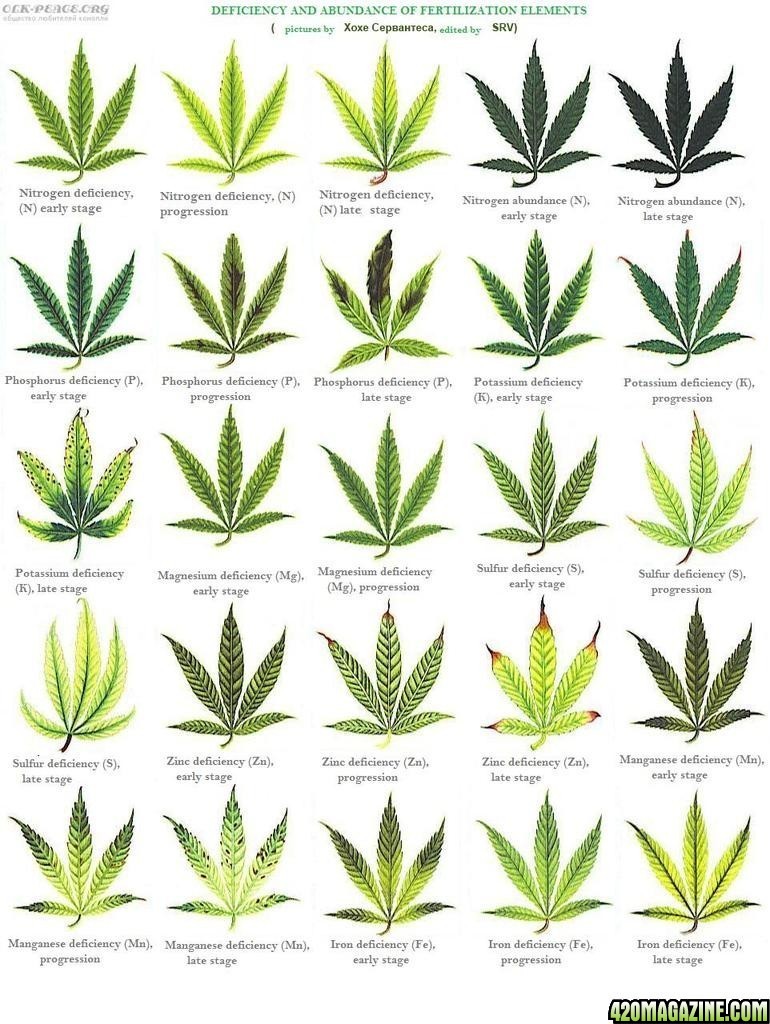M1DRAGONACE
New Member
Hey guys, I was just looking over a few journals, noticed not a lot of people use this.
Something I've been using to increase my yields, even in the worst circumstances your plant can go through and its fairly inexpensive compared to most nutrients you all buy.
I have been using mycorrhizae which is a fungi that forms a symbiotic bond with the roots of your plants. The fungi feeds off the waste of your plants and in return helps your plant absorb nutrients easier through even stressful circumstances such as dipping temps,
Here's a little Info on the matter from a site called Nutri-tech however there is a lot of info on this little fungi, I put it on all my plants, you can get a pound of it for $15 I use 1/2-1 tsp per gallon of water through the entire veg (seed too) then I discontinue it for bloom.
"Ancient Heroes
There are two forms of Mycorrhizal fungi, one that surrounds the plant roots and another that physically attaches to the roots. In both cases they harvest sugar exudates from the plant. Ectomycorrhizal organisms form a fine spidery web around each root and they are limited to conifers and some hard woods. However, the more intrusive of the pair is much more prevalent. Endomycorrhizal fungi should be found attached to the roots of over 80% of crops. They were originally called VAM (vesicular arbuscular mycorrhiza) but their classification was recently changed to AM or AMF (arbuscular Mycorrhizal fungi). Their maze of hyphae filaments effectively increases the original surface area of the roots by up to 1000% with a remarkably productive outcome. Root benefits are magnified tenfold and the plant is perfectly positioned to achieve its true genetic potential. The only plants that do not attract Mycorrhizal colonisation are brassicas and the chenopods. Brassicas release chemical exudates that repel nematodes and these same chemicals also discourage AM Fungi. Chenopods flourish in salty or alkaline soils and include saltbush, sugar beet and spinach.
AM create structures within root cells called arbuscules that facilitate the transfer of nutrients between the plant and the fungus. Fossil studies reveal the presence of these creatures 500 million years ago but they were first recognized last century and serious study has only begun during the past three decades. It is now acknowledged that these compromised creatures may be the single most important tool available to reverse global warming. Over 30% of the offending CO2 in the atmosphere originated from the soil due to the massive humus loss since the Industrial revolution (470 thousand million tonnes). In 1996, a researcher called Sara F. Wright, discovered glomalin, a sticky substance produced by mycorrhizal fungi that generates stable humus in the soil. It is apparent that the decline in humus mirrors the decline in AM in our soil and now we understand why!"
Hope all is well with everyone! hope this is a help to someone, Have a great day guys.
Something I've been using to increase my yields, even in the worst circumstances your plant can go through and its fairly inexpensive compared to most nutrients you all buy.
I have been using mycorrhizae which is a fungi that forms a symbiotic bond with the roots of your plants. The fungi feeds off the waste of your plants and in return helps your plant absorb nutrients easier through even stressful circumstances such as dipping temps,
Here's a little Info on the matter from a site called Nutri-tech however there is a lot of info on this little fungi, I put it on all my plants, you can get a pound of it for $15 I use 1/2-1 tsp per gallon of water through the entire veg (seed too) then I discontinue it for bloom.
"Ancient Heroes
There are two forms of Mycorrhizal fungi, one that surrounds the plant roots and another that physically attaches to the roots. In both cases they harvest sugar exudates from the plant. Ectomycorrhizal organisms form a fine spidery web around each root and they are limited to conifers and some hard woods. However, the more intrusive of the pair is much more prevalent. Endomycorrhizal fungi should be found attached to the roots of over 80% of crops. They were originally called VAM (vesicular arbuscular mycorrhiza) but their classification was recently changed to AM or AMF (arbuscular Mycorrhizal fungi). Their maze of hyphae filaments effectively increases the original surface area of the roots by up to 1000% with a remarkably productive outcome. Root benefits are magnified tenfold and the plant is perfectly positioned to achieve its true genetic potential. The only plants that do not attract Mycorrhizal colonisation are brassicas and the chenopods. Brassicas release chemical exudates that repel nematodes and these same chemicals also discourage AM Fungi. Chenopods flourish in salty or alkaline soils and include saltbush, sugar beet and spinach.
AM create structures within root cells called arbuscules that facilitate the transfer of nutrients between the plant and the fungus. Fossil studies reveal the presence of these creatures 500 million years ago but they were first recognized last century and serious study has only begun during the past three decades. It is now acknowledged that these compromised creatures may be the single most important tool available to reverse global warming. Over 30% of the offending CO2 in the atmosphere originated from the soil due to the massive humus loss since the Industrial revolution (470 thousand million tonnes). In 1996, a researcher called Sara F. Wright, discovered glomalin, a sticky substance produced by mycorrhizal fungi that generates stable humus in the soil. It is apparent that the decline in humus mirrors the decline in AM in our soil and now we understand why!"
Hope all is well with everyone! hope this is a help to someone, Have a great day guys.












